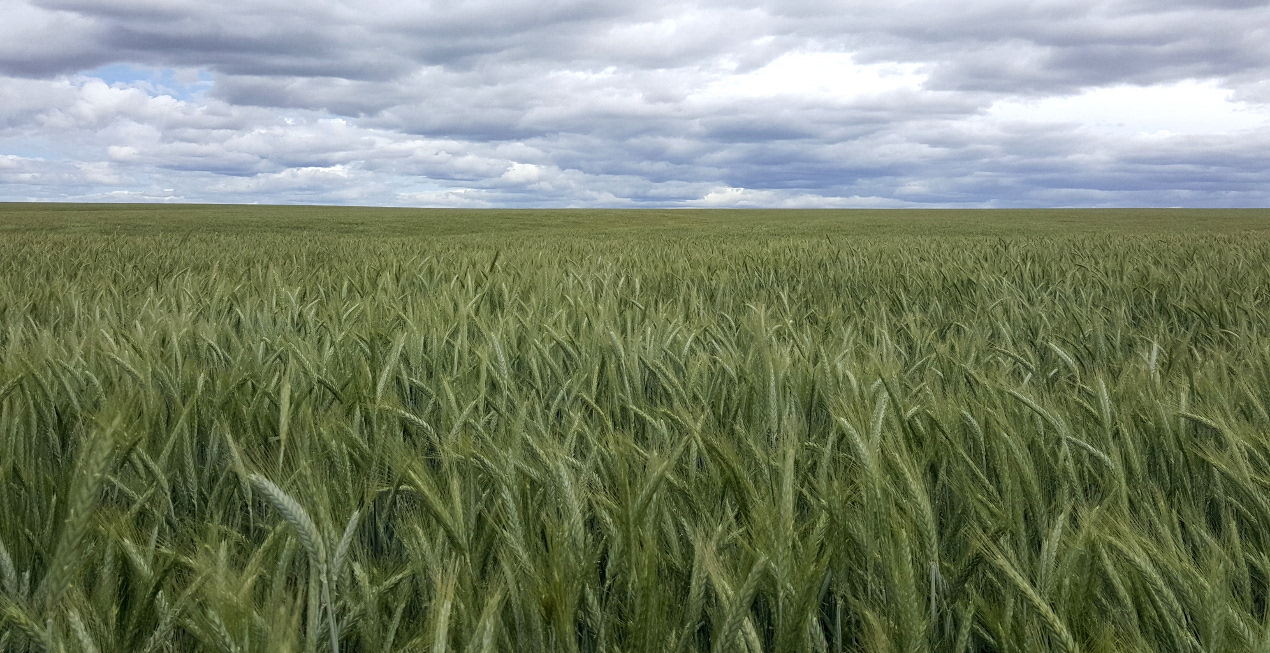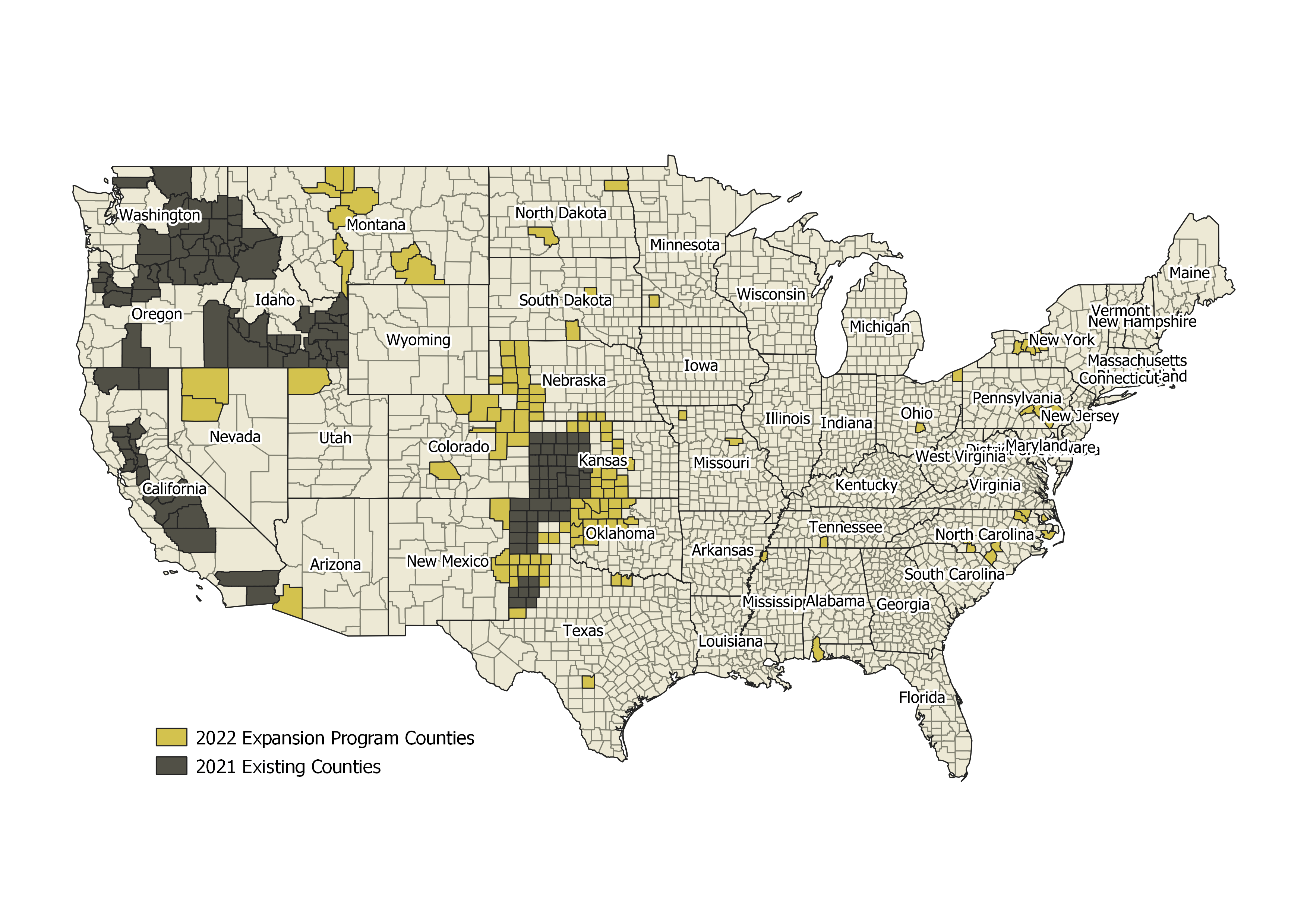
The Triticale Crop Insurance Program has been expanded to cover 128 additional counties for the 2022 crop year in 21 states. This expansion was added at the request of triticale producers and industry leaders in these counties to allow them the same Risk Management tool as other producers. The first sales closing date for these counties will be September 30, 2021.
New states now offering the program in select counties are:
- Alabama
- Arizona
- Colorado
- Minnesota
- Mississippi
- Missouri
- Montana
- Nebraska
- Nevada
- New
- Mexico
- New
- York
- North
- Carolina
- North
- Dakota
- Ohio
- Pennsylvania
- South
- Dakota
- Tennessee
- Utah
Additional counties have been added to these existing program states:
- Kansas
- Oklahoma
- Texas

Triticale Crop Insurance has been expanded to cover 19 additional counties for the 2019 crop year in Kansas. This expansion was added at the request of triticale producers in these counties to allow them the same Risk Management tool as other producers in Kansas. The first sales closing date for these counties will be September 30, 2018.
The Triticale Crop Insurance Program that was developed by AgriLogic Consulting has now been approved by the FCIC Board under Section 508(h) of the Federal Crop Insurance Act. Starting in the 2018 crop year, the Triticale program will be available in select counties in California, Idaho, Kansas, Oklahoma, Oregon, Texas, and Washington.
Triticale is a cross between wheat and rye, and, when planted for harvest as grain, can be covered through this new program. The program provides coverage for damage resulting from naturally occurring events, and is similar to other individual yield-based insurance plans and uses a producer’s Actual Production History to establish the insurance guarantee. For more information or to locate an agent, please visit the RMA website.
During the development of this program, listening sessions were held in Pendleton, Oreg., Almira, Wash., and Sacramento, Cali. in March and April of 2015. In addition to these, an online webinar was held for all interested parties unable to attend the live sessions. Read more about these sessions in the Capital Press article published on March 9, 2015.
Links:
- Crop Provisions: https://www.rma.usda.gov/policy-procedure/crop-policies
- Crop Insurance Standards Handbook (CISH): https://www.rma.usda.gov/policy-procedure/crop-underwriting-standards
- Loss Adjustment Standards Handbook (LASH): https://www.rma.usda.gov/policy-procedure/crop-loss-adjustment-standards
- Actuarial Information Browser (AIB): https://webapp.rma.usda.gov/apps/actuarialinformationbrowser/CropCriteria.aspx
Photo Credit: Howard Nelson, Central Washington Grain Growers
